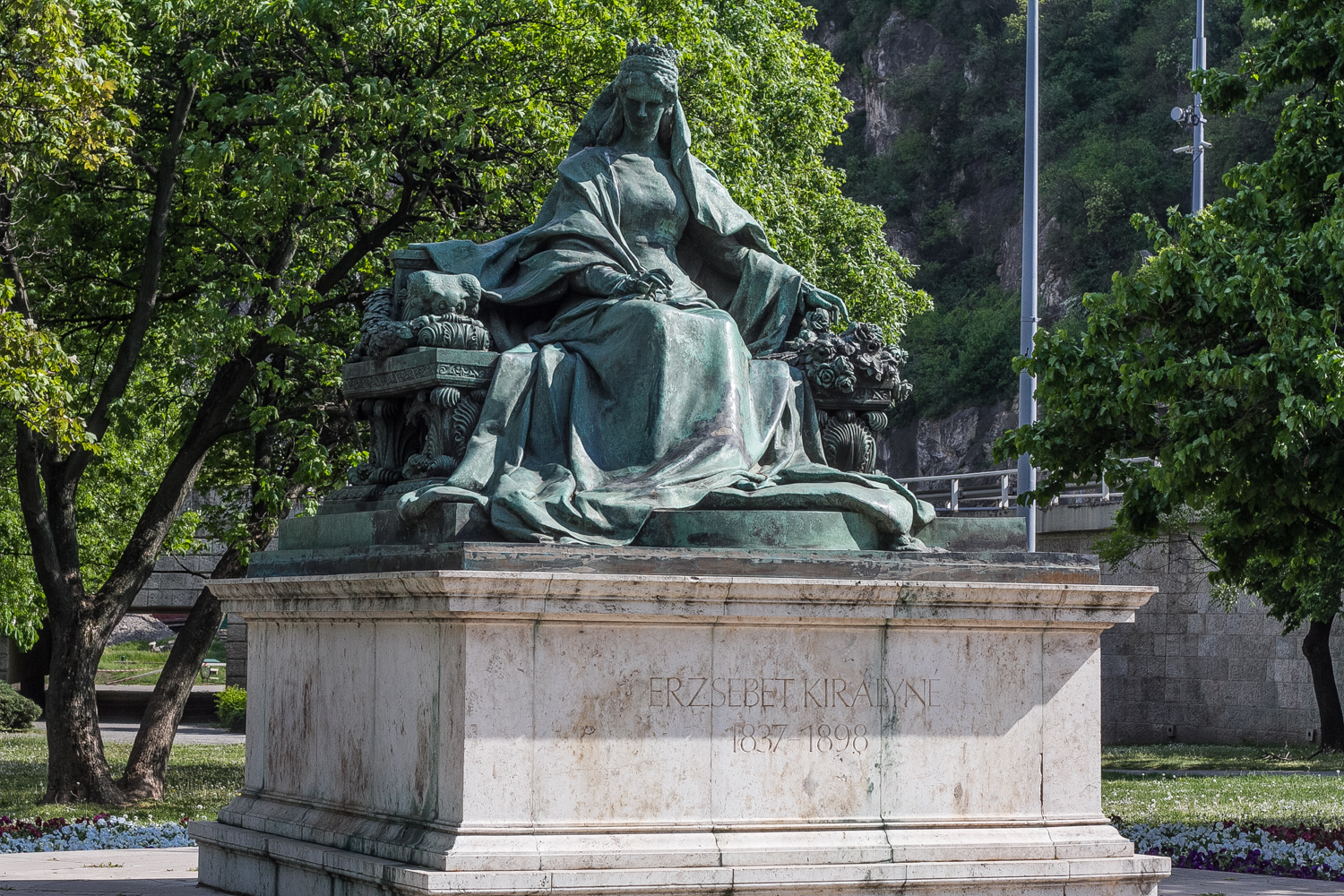Elisabeth Amalie Eugenie von Wittelsbach married Franz Joseph of Austria in April 1854 and – at the tender age of 17 – became empress consort of Austria and queen consort of Hungary, Bohemia, Dalmatia and Croatia. Nicknamed Sissi, also often written as Sisi, this strikingly beautiful woman was immensely popular in her kingdom, particularly in Hungary, where she completely won the hearts of her subjects.
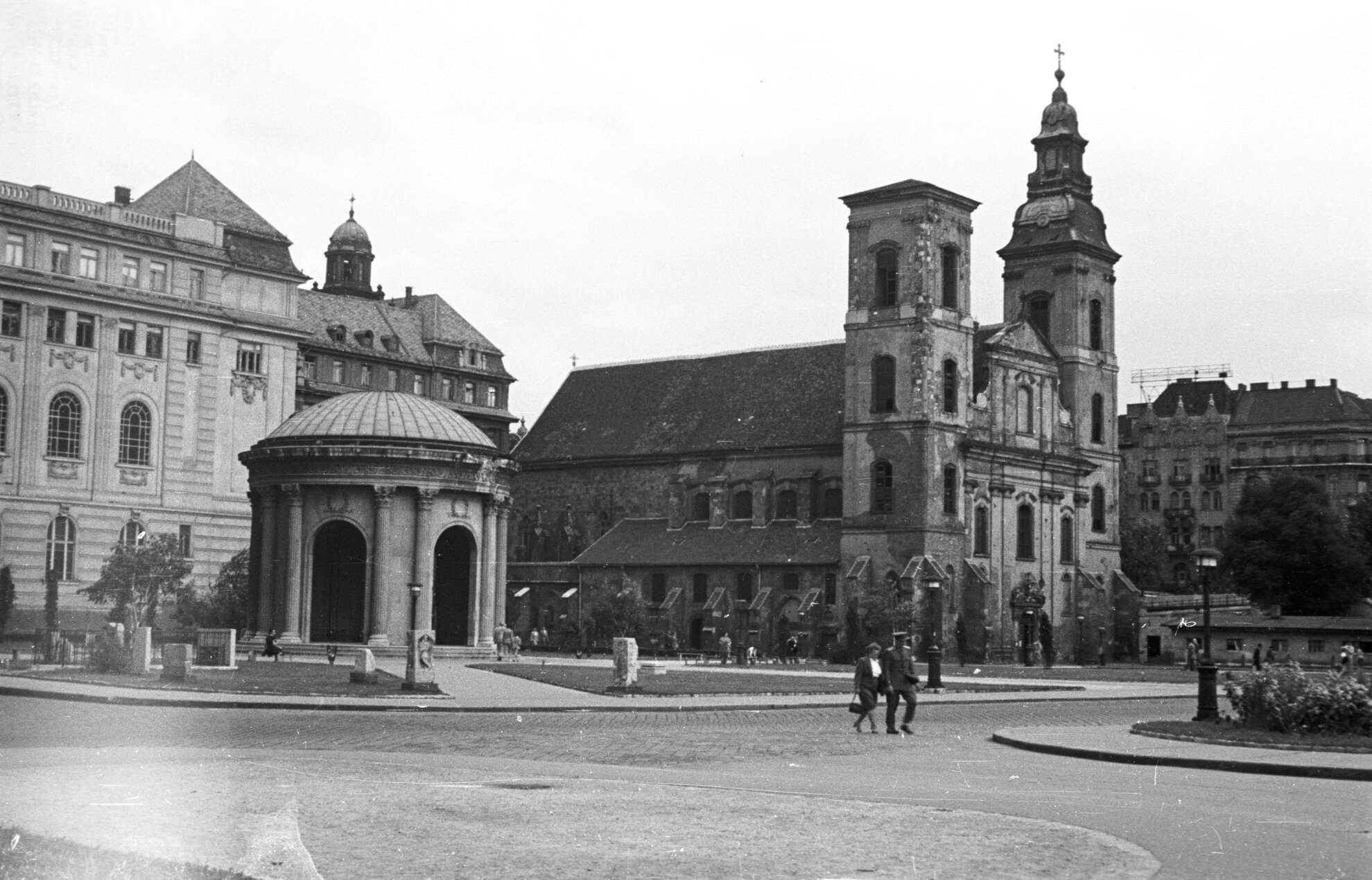
This fondness wasn’t
unrequited as Sissi herself was equally devoted to Hungarians and her deeds
manifested her warm feelings towards them. People were filled with admiration
for Sissi and there is perhaps no better demonstration of this love than a walk
around Budapest: going across Elizabeth Bridge, climbing the Elizabeth
Lookout Tower or sitting on the green lawn of Erzsébet tér in the city centre are all reminders of a
woman much loved by Hungarians.
District VII was also named Erzsébetváros after
Sissi in 1882, more than a decade after District XX received the name
Erzsébetfalva and was later changed to the familiar Pesterzsébet of today.
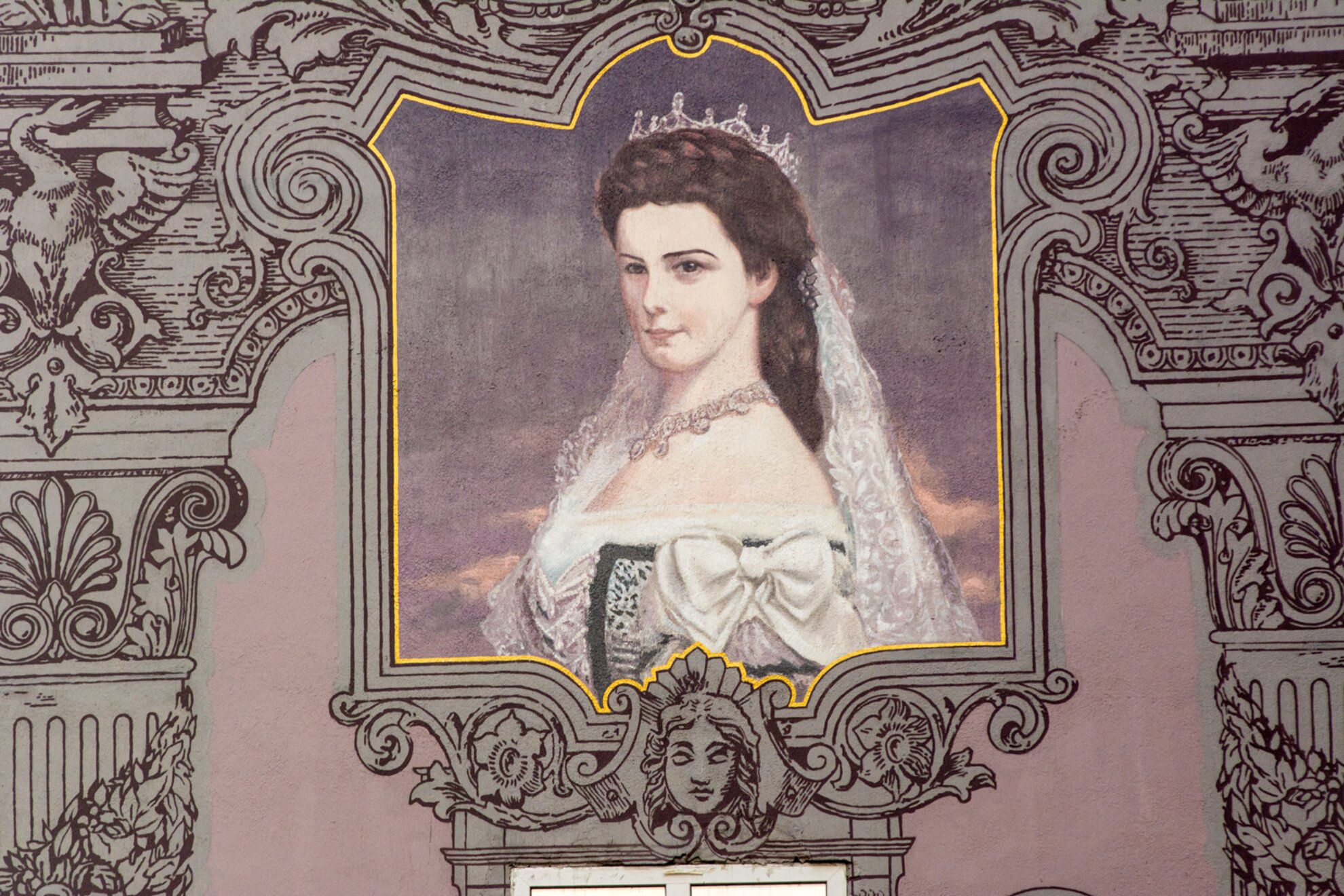
The ensemble of sights
commemorating Sissi wouldn’t be complete without the statues depicting the
empress near Matthias Church, Döbrentei tér or Madách tér. With an umbrella in
her hands, Sissi’s statue turned up rather unexpectedly near the gateway to
Madách tér in 2018.
At first glance, the placement of this statue seems a bit
odd, not the mention the backlash it has received for its aesthetic qualities.
Despite this, the statue on Madách tér still outdoes its counterpart on
Döbrentei tér in terms of visitor numbers.
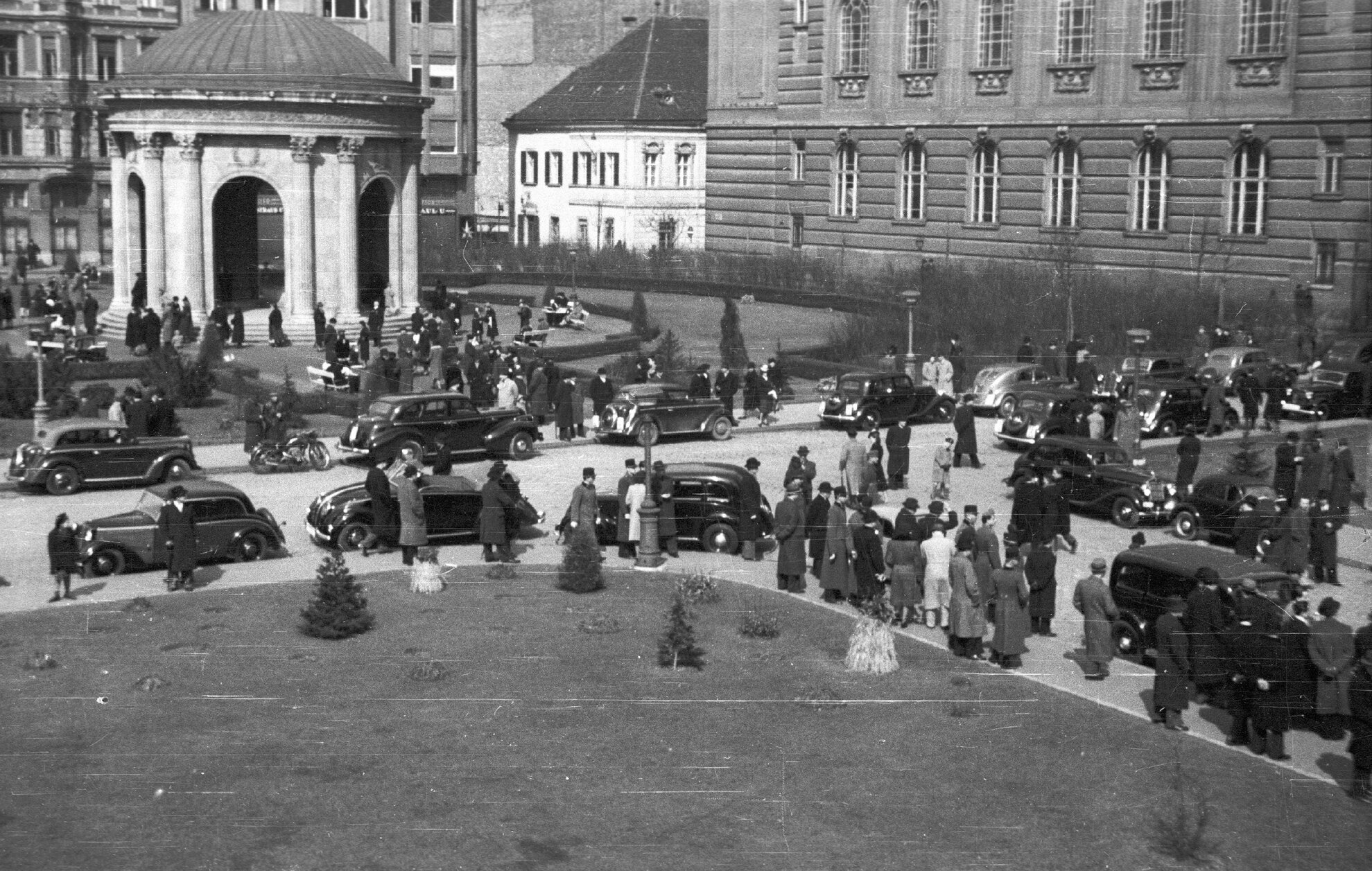
The history of the statue on Döbrentei tér
begins in 1898 when the empress – at the age of 60 – was the victim of an assassination, of which she wasn’t even the original target: after failing to find the
Duke of Orléans in Geneva, the perpetrator, Italian anarchist Luigi Lucheni,
chose Sissi instead and stabbed her fatally in the chest.
Legend has it that Sissi pronounced her last words in Hungarian as she asked
her lady-in-waiting, Hungarian Countess Irma Sztáray de Sztára et Nagymihály,
the following: Mi törtenik velem? What is happening to me?
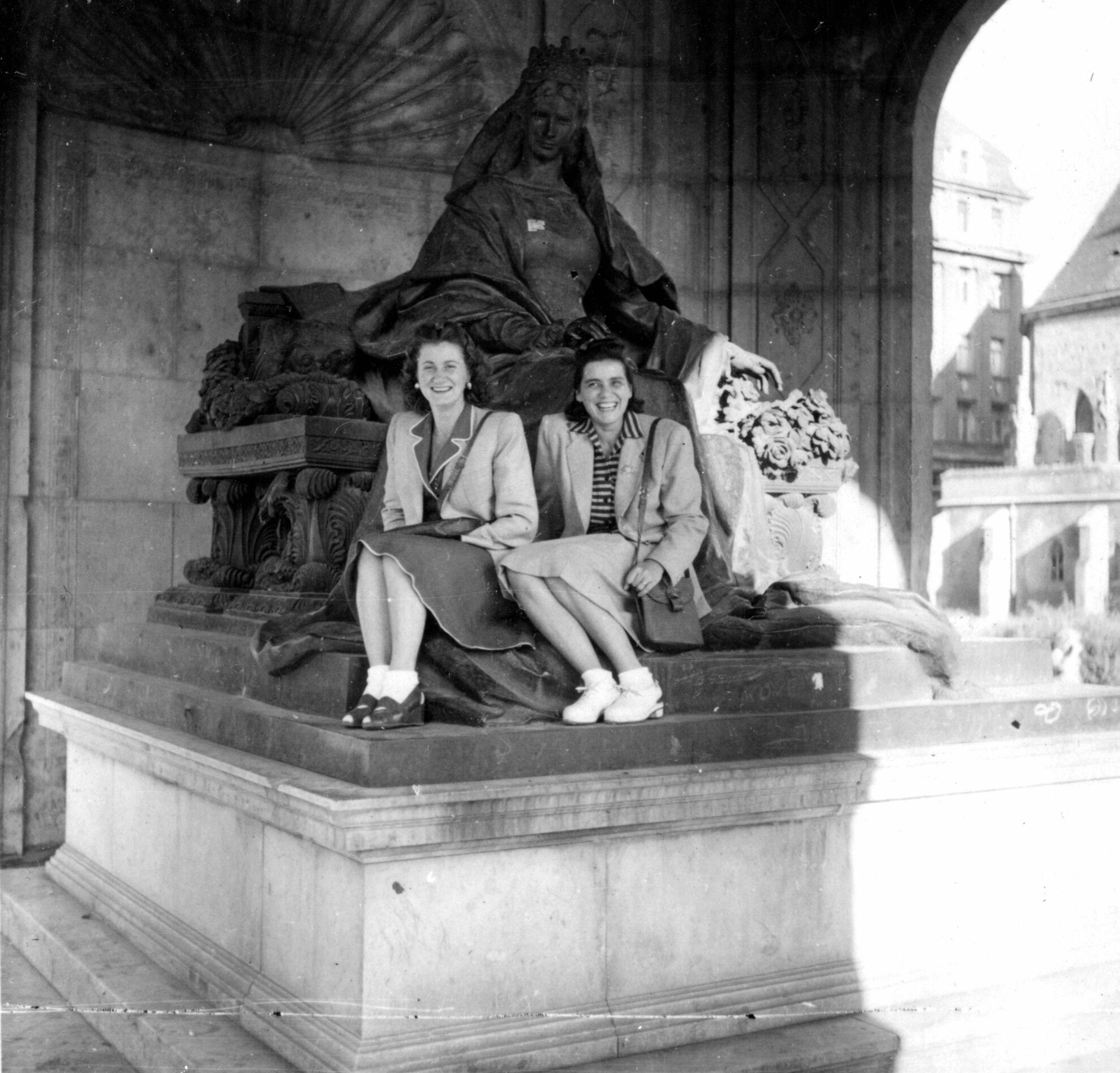
Here in Hungary, people’s
devotion to Sissi became even more pervasive after her passing. Since she was
buried in Vienna, Hungarians wanted a memorial to be erected in Budapest where
they could pay tribute to the empress.
A competition was announced in 1900 to
find its sculptors but judges were so finicky that they could only agree on a
winner almost two decades later in 1919.
Sculptor György Zala and architect Rezső Hikisch won first prize, the
latter taking on the assignment of designing the vaulted monument in which the
statue originally stood.
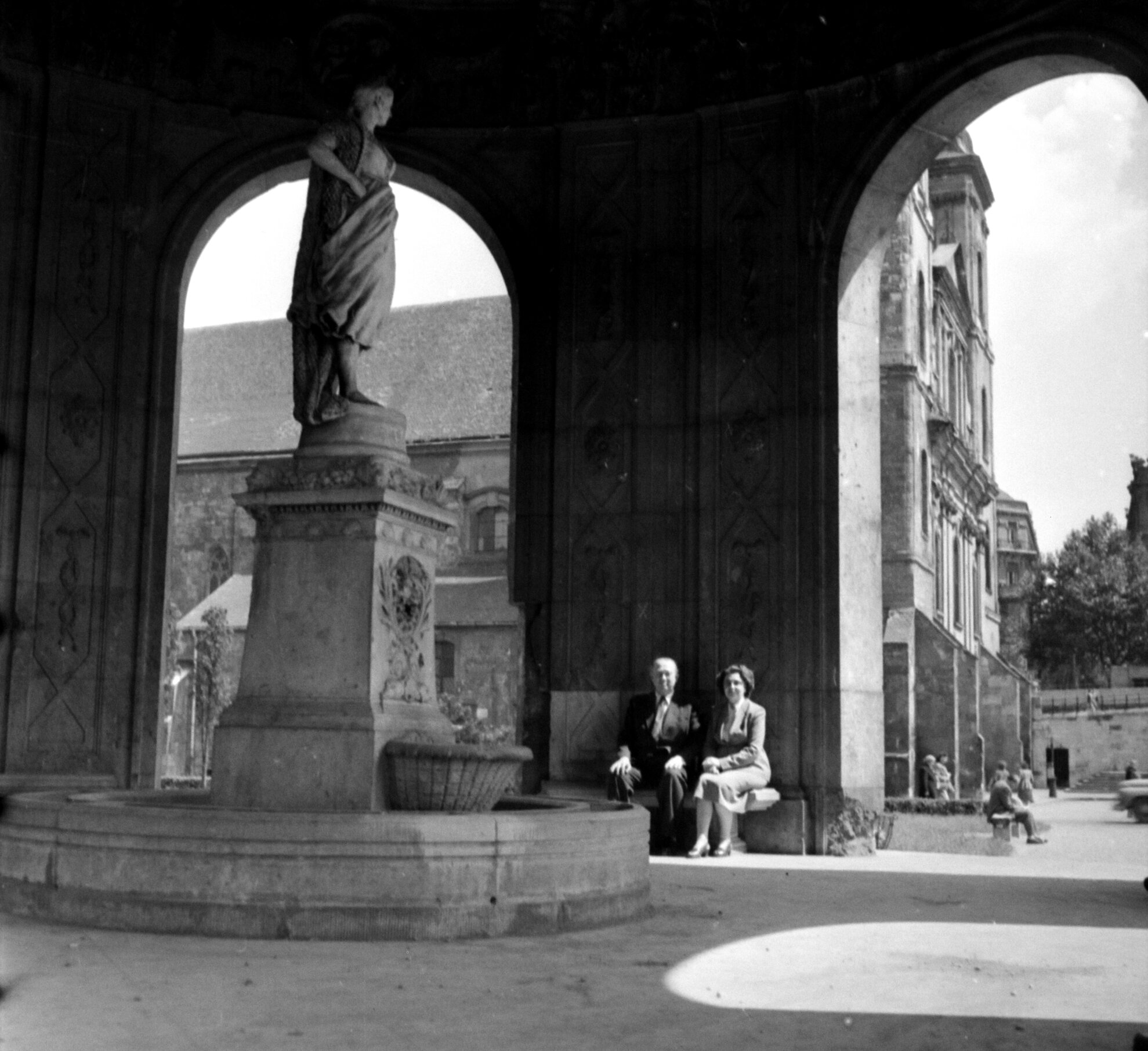
Unfortunately, announcing
the winners didn’t put paid to the statue’s ordeals, as finding its final
location was another battle. Szent György tér in the Castle
Quarter was among the options, but the idea to place it beside Elizabeth
Bridge seemed to be more fitting.
The decision was finalised six years (!) later and
the statue was erected on Eskü tér (today’s Március 15. tér). On 25 September 1932, the unveiling took
place with great fanfare and evolved into a prominent social occasion with such
noteworthy figures present as Admiral Miklós Horthy, then regent of the Kingdom
of Hungary.
Afterwards, the memorial became a place of pilgrimage among those
who adored the empress. More often than not visitors sat down inside the
vaulted monument to admire the statue and pay tribute to Sissi’s life and legacy.
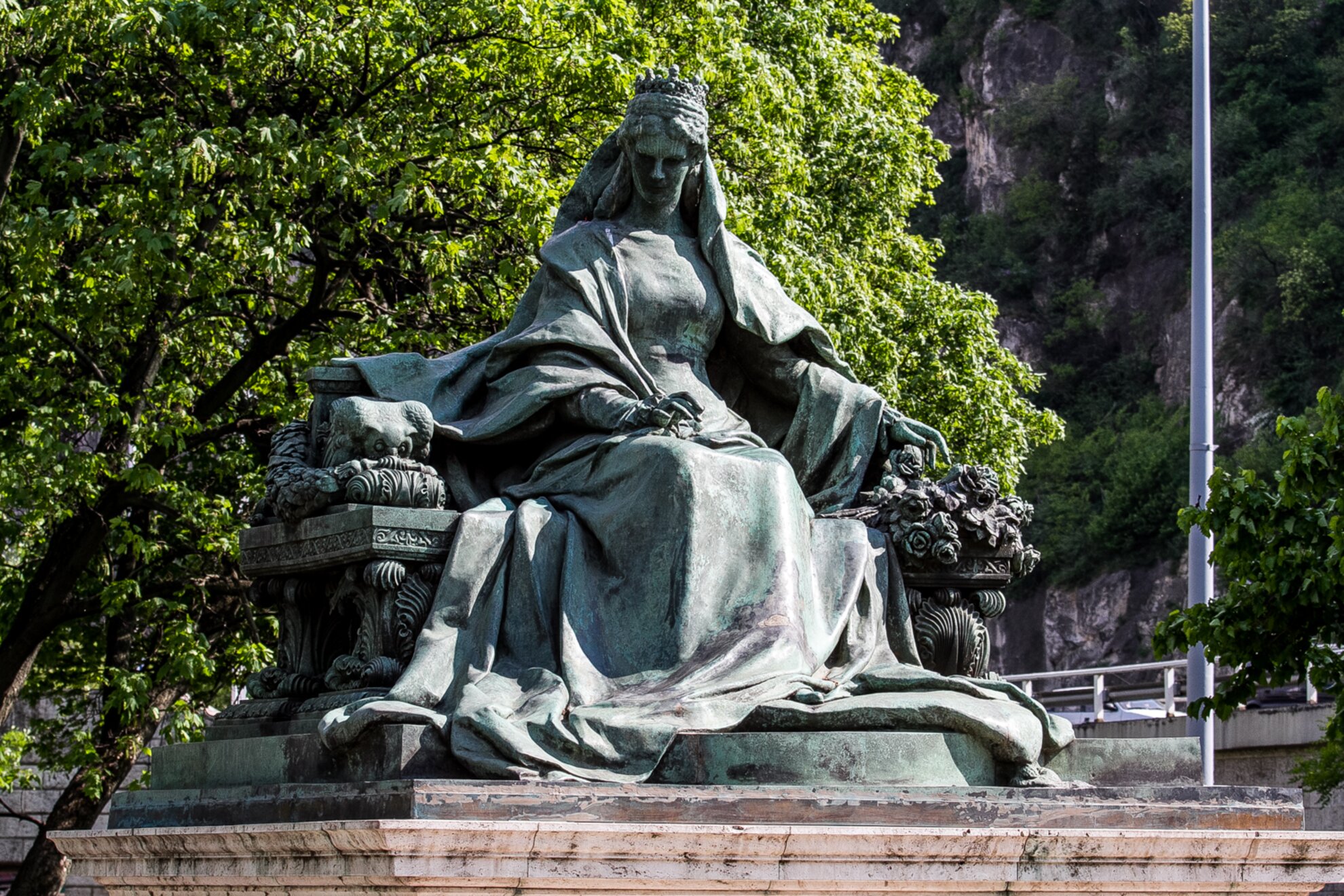
After miraculously
surviving the destruction of World War II, Sissi’s statue continued its ordeal as
the Communist régime had it removed in 1953 and replaced with sculptor Alajos
Stróbl’s Fishergirl fountain composition.
The statue was then moved into
storage in Sülysáp – later at the Kiscelli Museum – to hide it from prying eyes. The vaulted monument couldn’t escape the elimination either, as the construction
of a new Elizabeth Bridge put an end to its existence in the early 1960s.
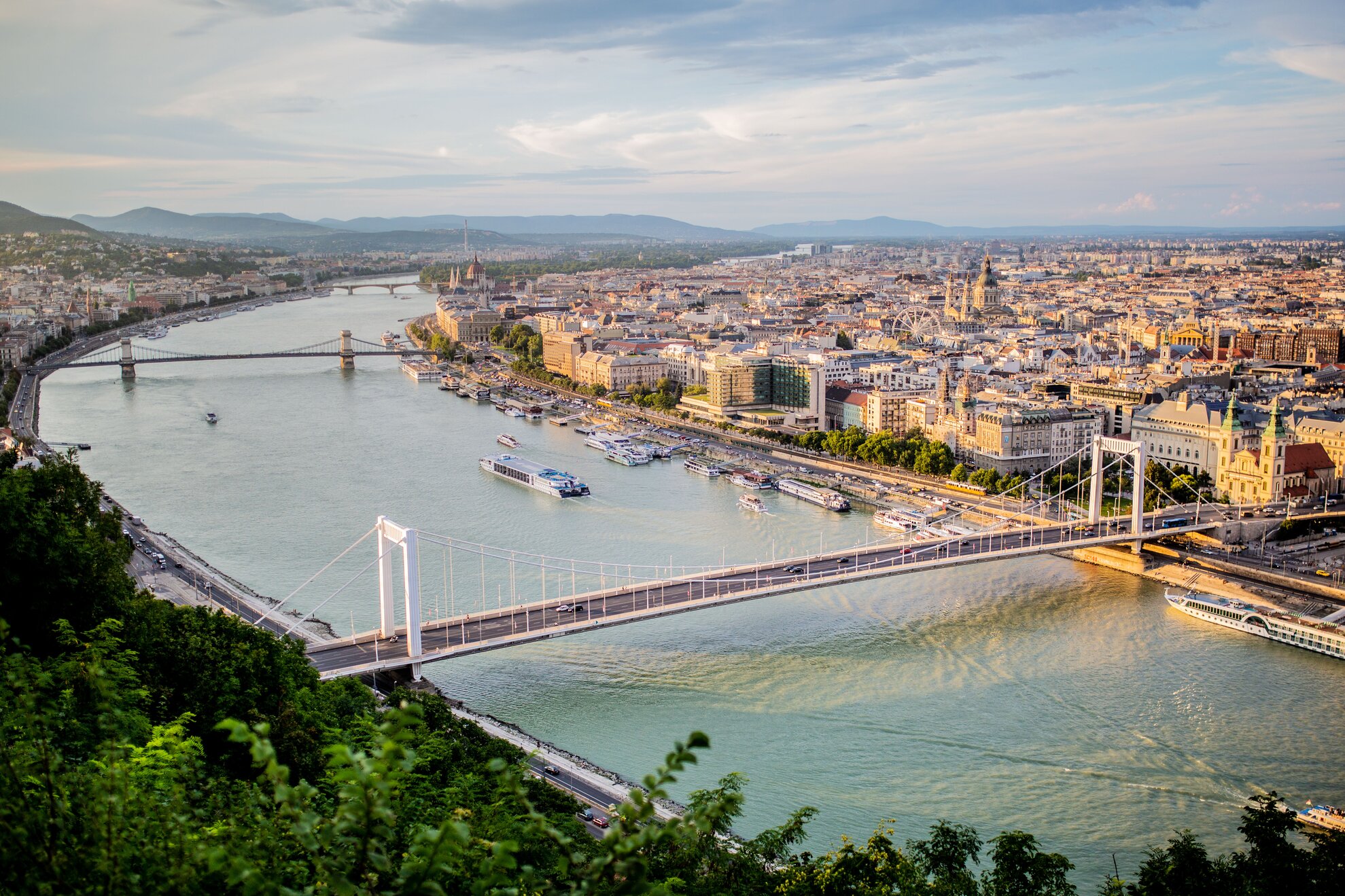
As Hungary began to shift
towards liberal democracy in 1986, Sissi’s statue could finally emerge into
daylight again after more than three decades of confinement.
Although the vaulted
cupola was long gone and the original location no longer available, the
statue was at last re-inaugurated, on the Buda side of Elizabeth Bridge. This
year marks the 35th anniversary of the second unveiling at Döbrentei tér, where Sissi
continues to watch over her beloved Hungarians to this day.
